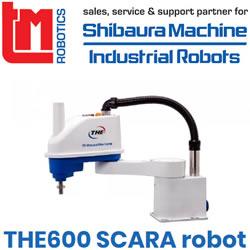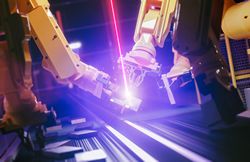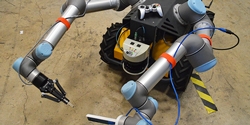How Are Robots Tested for Harsh Conditions?
Advanced robots can spare human workers from dangerous or life-threatening conditions and environments - like the intricate underwater terrain of a search-and-rescue mission or extreme pressures faced by oil and gas workers. Robots aren't invincible, however, and they need to be carefully designed to handle these extreme conditions. Here are some of the extreme environments that robots face - and how designers test them
University of Texas "opens Doors" to Safer Nuclear Waste Retrieval
The Nuclear and Applied Robotics Group, based in the University of Texas at Austin, has a mission to "develop and deploy advanced robotics in hazardous environments to minimize risk for the human operator."
How Robots Are Changing Nuclear Disaster Protocols
Despite modern advancements, a great deal of robots, such as the one deployed to Fukushima in March 2017, have died as a result of the high radiation levels.
Records 1 to 3 of 3
Featured Product

TM Robotics - Shibaura Machine THE SCARA range
The THE range from Shibaura Machine is an extensive line up of SCARA robots. Available in four arm lengths THE400 (400mm), THE600 (600mm) and the most recent THE800 (800mm) and THE1000 (1000mm), this range is suitable for assembly, handling, inspection and pick and place processes in varied industrial applications. The THE1000 boasts a 20kg payload capacity and an impressive 0.44 second cycle time, providing high speeds for processes with large components. In fact, the range has been recognised for as the price-to-performance leader compared to other SCARA models in its price range due to its impressive speed versus payload capacity.



